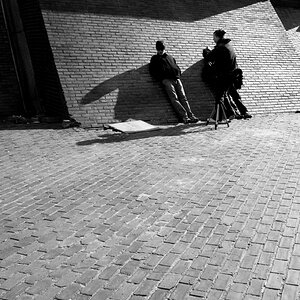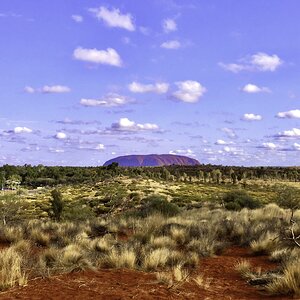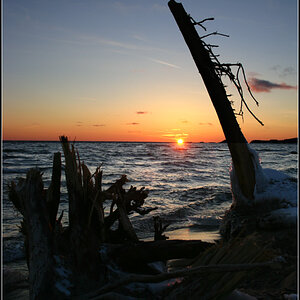Robin Usagani
Been spending a lot of time on here!
- Joined
- Jun 6, 2010
- Messages
- 10,347
- Reaction score
- 2,174
- Location
- Denver, CO
- Can others edit my Photos
- Photos OK to edit
This is what I was trying to tell people. That is not really a good way to do it. What are you shooting? A crow? White Dove? Blue Jay? You are better off using other metering but spot.
Lots of good info here.
When I shot my birds I almost always use Av and spot metering. No, the camera does not simply then get it right. I know from experience to dial in some compensation and this is always backed up by the histogram.
Each shooting situation will be different, however.




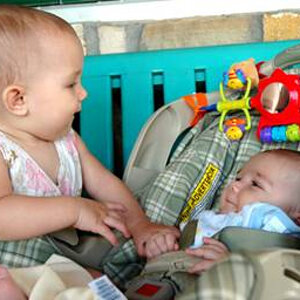

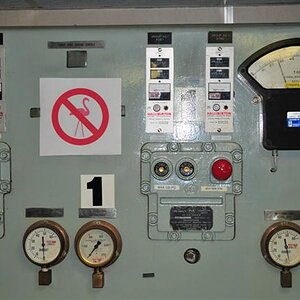
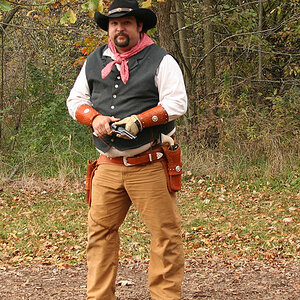
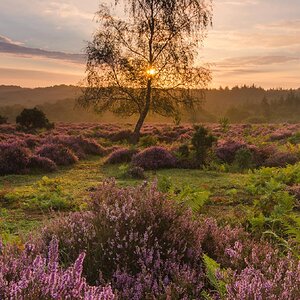
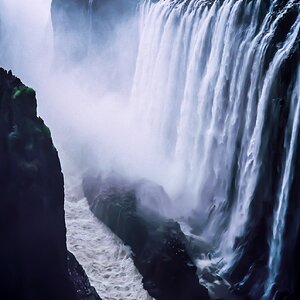

![[No title]](/data/xfmg/thumbnail/32/32930-09414fc020c2a60a456ff59a05c5ef8f.jpg?1619735759)

